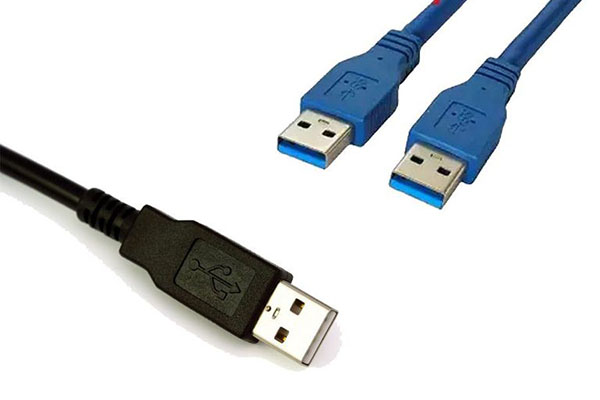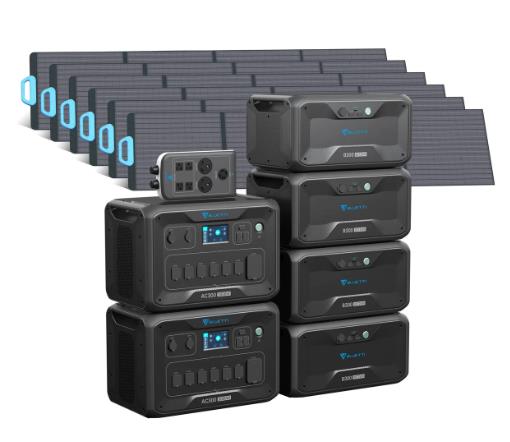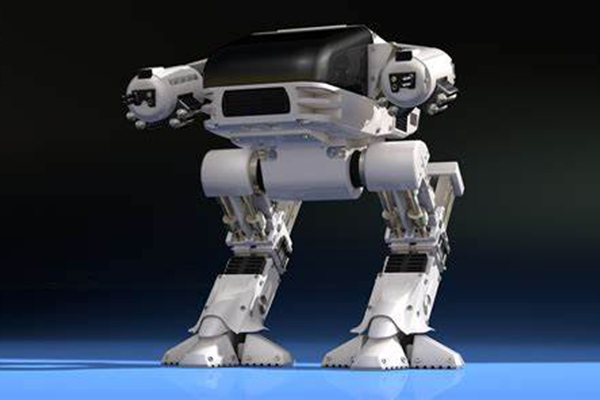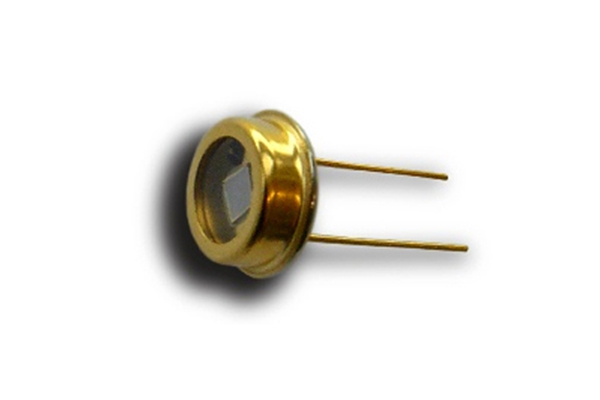Despite being similar, USB-C and Lightning are not the same. They are among the most popular charging cables on the market, especially when it comes to mobile devices. The most significant difference between the two cable types is that Lightning is a proprietary connector used on iPhones and other Apple devices. Some other key factors set USB-C and Lightning apart.
:max_bytes(150000):strip_icc():format(webp)/USB-C-vs-Lightning-4fdb7ae93da14192a156a60dc47b17d5.jpg)
Overall Findings
USB-C
- Introduced in 2014.
- Joined USB-A and USB-B as popular connector.
- Used for connection, communication, and power supply.
Lightning
- Introduced in 2012.
- Replaced Apple’s 30-pin dock connector.
- Used for connection, communication, and power supply.
USB-C and Lightning (not to be confused with Thunderbolt) are protocols used for connection, communication, and power supply. Although both cable types are primarily for charging devices like smartphones and tablets, you can also use them for digital transfer tasks such as uploading or downloading movies, music, photos, and more.
USB-C is considered by many to be the current standard for charging and transferring data. However, every iPhone and iPad since September 2012 has come with a Lightning cable. The exception is the iPad Pro, which adopted USB-C starting with the 3rd generation models in 2018). Lightning has remained on the iPhone since 2012, while other manufacturers have used several types of USB ports before (mostly) settling on USB-C.
Setting aside Apple exclusivity, USB-C is superior to Lightning in just about every way having the benefit of being a new connector coming out years after Lightning.
Data Transfer Rates: USB-C Is Significantly Faster
USB-C
- Transfer speeds up to 40Gbps.
- USB4 support.
Lightning
- Transfer speeds up to 480Mbps.
- Comparable transfer speeds to USB 2.0.
USB-C is capable of supporting USB4, the latest and fastest USB specification. As a result, USB-C cables can transfer speeds up to 40Gbps. By comparison, Lightning cables are much slower and transfer data at USB 2.0 rates of 480Mbps.
Complicating matters is that Apple doesn’t release all specifications for its proprietary technology, so it’s unclear what Lightning’s actual maximum transfer speed is. That said, Apple hasn’t released a protocol update since Lightning’s release, meaning its functionality has changed little since 2012. There are, of course, pluses to this. You can use a cable from 2012, and it’s still compatible with new iPhones.
As the numbers indicate, USB-C has a massive speed advantage over Lightning. That said, this advantage isn’t as significant as it seems, considering most people now transfer data wirelessly from their phones and other devices instead of using a cable.
Compatibility: Lightning Only Works With Apple Devices
USB-C
- Supported by most modern devices, including Android phones, Windows PC, PS5, Xbox Series X, and more.
- Used by iPad Pro (3rd generation and later).
- Can be used in Thunderbolt 3 and 4 ports.
Lightning
- Exclusive to Apple.
- Supported by iPhone (5 or later later), iPad (4th generation or later), iPad Mini, iPad Air, iPad Pro (1st and 2nd generation only), iPod Nano (7th generation), and iPod Touch (5th generation or later).
- USB-C support through USB-C to Lightning cable.
Although it isn’t officially a universal standard, most modern devices, including Android smartphones and Windows PCs, support USB-3. Even Apple’s current Mac computers have hybrid USB-3/Thunderbolt ports. You’ll also find USB-C support across next-gen consoles like the PS5 and Xbox Series X, as well as the Nintendo Switch.
On the other hand, Lightning’s compatibility is limited as it’s exclusive to Apple products. Except for 3rd generation iPad Pros and later, all iPhones and iPads released since 2012 use a Lightning connection. To connect your iPhone or iPad to a charger or other device, you need a cable with at least one Lightning connector.
Power Delivery: USB-C Supports Higher Wattage and Current
USB-3
- Native power support for 100W/3A and up to 240W/5A.
- Supports USB Power Delivery for fast charging.
Lightning
- Native power support for 12W/2.4A.
- Fast charging requires USB-C to Lightning cable and 20W or higher power adapter.
USB-C offers a higher power delivery rate than Lightning and delivers a faster charge under the same voltage. Whereas Lightning supports a maximum current of 2.4A, USB-C carries 3A with support for up to 5A. This distinction makes USB-C much better for fast charging, as it supports the USB Power Delivery fast-charging standard.
Standard Lightning cables don’t support fast charging, so Apple includes a USB-C to Lightning Cable with most products. Combined with a 20W or higher power adapter, you can fast-charge an iPhone up to 50% battery in about 30 minutes.
Durability: USB-C Cables May Last Longer, but Lightning Offers More Stable Physical Connection
USB-C
- Has reversible ends.
- May last longer than Lightning.
Lightning
- Has reversible ends.
- Tighter physical connection than USB-C.
In terms of ease of use and durability, USB-C and Lightning are closely aligned. Both connections have reversible ends, making them easier to plug into your devices. They also include chips to help guarantee compatibility and control power supply for stabilized current and data transfers.
Anecdotally, there’s considerable debate over which cable offers better durability. Some people claim that Lightning cables break more easily, while others argue that Lightning’s connecting tabs fit better in their respective ports and are less prone to loose connections than USB-C. That said, much of this comes down to personal preference.
The best thing you can do to increase the longevity of either cable is to purchase one from a trusted manufacturer and take good care of both the cable and your device’s condition.
Final Verdict: USB-C the Better Connector
Durability debates aside, USB-C is superior to Lightning in just about every way. It offers wider compatibility, faster data transfer rates, and increased power delivery for better fast charging.
With pressure mounting from European regulators for the mobile industry to adopt a universal standard, Apple might not have much say in the matter.
FAQ
- What is a USB C-to Lightning cable?A USB-C to Lightning cable has a Lightning connector on one end, with a USB-C connector on the other end instead of a standard USB-A connector. With a USB-C to Lightning cable, you can charge and sync your iOS devices.
- Why do charging cables stop working?The cable takes a lot of stress over time, and that’s a likely culprit when your charger stops working. It’s possible for a charging cable’s copper wiring to be damaged, causing the charger to stop working or work intermittently. Sometimes, however, the charger is the problem, not the cable. To fix a broken charger, test the wall socket and look for damage to the device power port.
- How long can a USB-C cable be?Different USB cable types have different maximum lengths. USB 2.0 cables can extend to about 98 feet (30 meters). USB 3.0 and 3.1 cables can extend only to about 59 feet (18 meters). Your extension cables can only be as long as the original cable.





